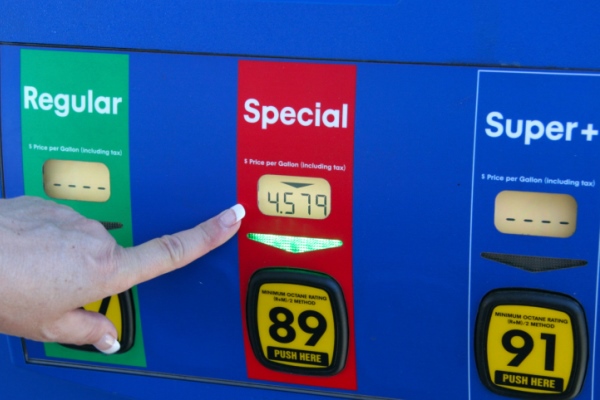When you pull up to the gas station, do you really know what you’re getting by making the choice of regular or premium gas? What are the different gas types? Which one should you choose for your vehicle? Is it worth it to pay more for premium gas? Here are a handful of helpful facts to guide your choice between premium vs regular gas at the pump:
What is premium gas and how is it different from regular gas?
Premium gasoline is generally considered any type of gasoline with an octane level of 91 or greater, with 91 octane and 93 octane being the most common versions of premium gasoline available at gas stations in the United States (93 octane gasoline may be called “ultra” or “super-premium” in some cases). Gasoline with an octane level of 87 is considered “regular,” with gasoline sold at 89 octane often labeled “midgrade” by most gas stations.
Benefits of Using the Correct Gasoline
If your car does not recommend premium, you aren’t doing your vehicle any favors by getting it. Some vehicles specify “premium” gas. Engineers at auto manufacturers prescribe premium gas because certain kinds of engines operate optimally with higher-octane fuel. If your owner’s manual doesn’t call for premium gas, your vehicle doesn’t need it.
When should you get premium gas?
If your vehicle owner’s manual suggests using premium gas, there is a reason. Cars that require premium gasoline have high-compression engines, turbochargers, and other high-performance aspects. Not using premium won’t necessarily hurt your engine, but you could lose some of the performance of that premium engine you paid for if you use regular or midgrade gas.
What is “top tier” gasoline?
Filling up at a station with “Top Tier” gas might help you save on maintenance costs in the long run. Your car can get plaque build-up from gasoline deposits. While most gasoline today has detergent additives in it already to help keep fuel injectors and valves clean, filling up at stations with a “Top Tier” designation on the pump offers some substantial reassurance. “Top Tier” is an official designation from the Environmental Protection Agency that identifies gas meeting a minimum standard of performance and cleanliness. Premium or regular, “Top Tier” gas meets a standard of higher-percentage detergent additives.
Consider your car’s weight and age when choosing between premium vs. regular gas at the pump. If you have an older, heavier car, SUV, or truck with high-performance engines and you are experiencing engine knock, try using premium gas for a few fills to see if that fixes the problem, even if the vehicle does not call for it.
“Premium” Gas Can Vary By State
What qualifies as premium gas varies from state to state. So pay attention if you are on a cross-country road-trip or crossing state lines. One state may require a minimum octane rating of 92 to be considered premium, while another may only require 90. Gas stations in the United States generally offer three octane grades: regular (usually 87 octane), mid-grade (usually 89 octane), and premium (usually 91 or 93 gas). Check the sticker on the pump to know which you are getting.
Next article: 6 Hacks to Help You Save on Gas
